Home>Furniture & Design>Bathroom Accessories>What Is The Best Non-Slip Flooring
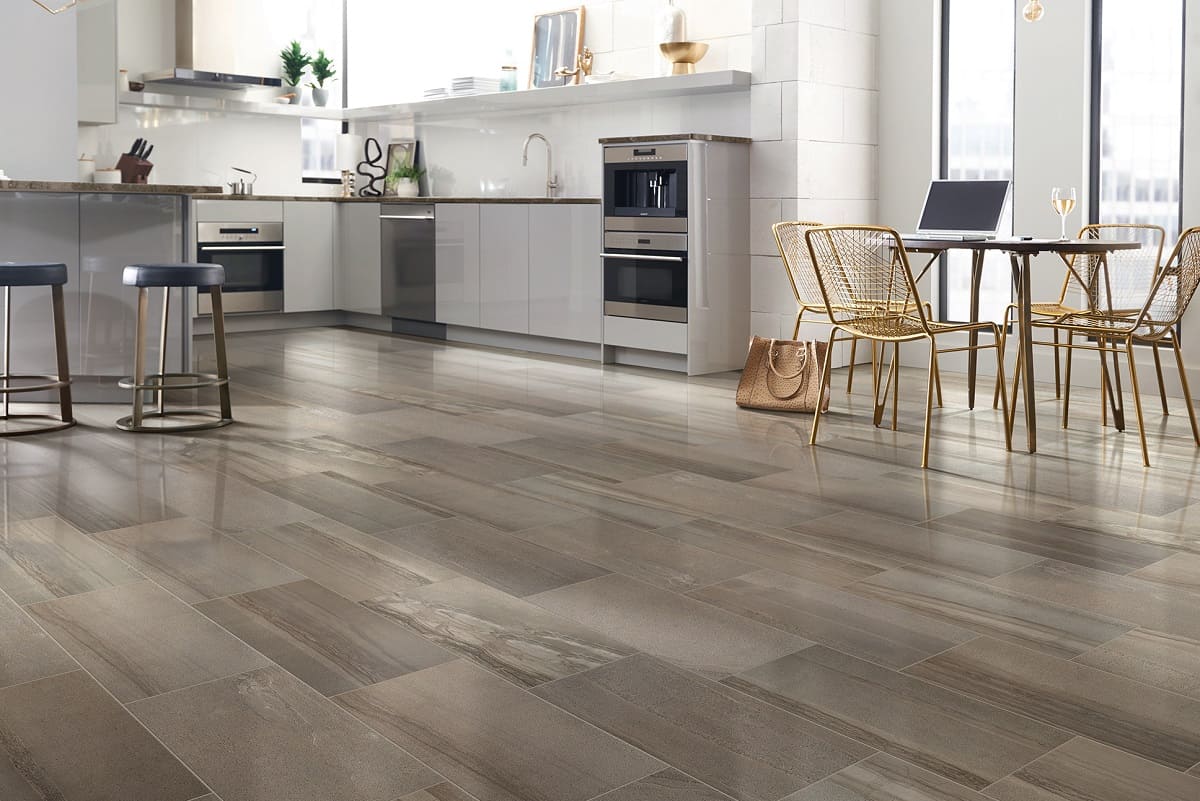

Bathroom Accessories
What Is The Best Non-Slip Flooring
Published: February 10, 2024
Discover the best non-slip flooring options for your bathroom with our top-rated bathroom accessories. Ensure safety and style with our expert recommendations.
(Many of the links in this article redirect to a specific reviewed product. Your purchase of these products through affiliate links helps to generate commission for Storables.com, at no extra cost. Learn more)
Introduction
When it comes to creating a safe and functional bathroom, choosing the right flooring is paramount. The bathroom is a space where water and smooth surfaces can create hazardous conditions, making slips and falls a common concern. To mitigate this risk, non-slip flooring has become a popular choice for homeowners and commercial establishments alike. This type of flooring is designed to provide traction and stability, reducing the likelihood of accidents in wet environments.
In this comprehensive guide, we will explore the world of non-slip flooring, delving into the various options available and the factors to consider when making this important decision. Whether you are renovating a residential bathroom, designing a spa retreat, or upgrading a public restroom, understanding the benefits and drawbacks of different non-slip flooring materials is crucial for creating a safe and stylish space.
By the end of this article, you will have a deeper understanding of the diverse non-slip flooring options, their maintenance requirements, and how to choose the best one for your specific needs. Let's embark on this journey to discover the best non-slip flooring solutions that combine safety, durability, and aesthetic appeal.
Key Takeaways:
- Choose non-slip flooring for your bathroom based on slip resistance, durability, maintenance, aesthetics, comfort, and cost to create a safe and stylish space that meets your specific needs.
- Maintain non-slip flooring with regular cleaning, proper sealing, and suitable cleaning agents to preserve safety, aesthetic appeal, and longevity, ensuring a hygienic and visually pleasing bathroom environment.
Read more: How To Clean Non-Slip Floors
Factors to Consider When Choosing Non-Slip Flooring
When selecting non-slip flooring for your bathroom, several crucial factors should guide your decision-making process. Understanding these considerations will help you choose a flooring option that not only enhances safety but also aligns with your aesthetic preferences and practical needs.
-
Slip Resistance: The primary consideration when choosing non-slip flooring is its slip resistance. Look for flooring materials with a high coefficient of friction, which indicates superior traction even when wet. This is especially important in bathrooms where water and smooth surfaces can create hazardous conditions.
-
Material Durability: The durability of the flooring material is essential, especially in high-traffic bathrooms. Consider materials that are resistant to wear, scratches, and moisture damage. Durable flooring will maintain its non-slip properties over time, ensuring long-term safety and functionality.
-
Cleaning and Maintenance: Evaluate the ease of cleaning and maintaining the non-slip flooring. Some materials may require special cleaning agents or methods, while others are more resistant to stains and easy to clean with regular household products. Choose a flooring option that aligns with your maintenance preferences and lifestyle.
-
Aesthetic Appeal: While safety is paramount, the visual appeal of the flooring should not be overlooked. Non-slip flooring comes in a variety of styles, colors, and textures, allowing you to choose an option that complements the overall design of your bathroom. Consider how the flooring will integrate with the existing decor and contribute to the ambiance of the space.
-
Comfort Underfoot: The comfort of the flooring underfoot is another important consideration. Some non-slip materials may feel more comfortable to walk on, providing a cushioned or warmer surface, which can be particularly beneficial in colder climates.
-
Installation and Cost: Evaluate the installation process and cost of the non-slip flooring options. Some materials may require professional installation, while others are designed for DIY projects. Additionally, consider the overall cost, including both the material and installation expenses, to ensure it aligns with your budget.
By carefully considering these factors, you can make an informed decision when choosing non-slip flooring for your bathroom. Each factor plays a crucial role in ensuring that the selected flooring not only enhances safety but also meets your practical, aesthetic, and financial requirements.
Types of Non-Slip Flooring
When it comes to non-slip flooring, there are several options available, each with its unique characteristics and benefits. Understanding the different types of non-slip flooring will help you make an informed decision based on your specific requirements and preferences.
-
Porcelain and Ceramic Tiles: Porcelain and ceramic tiles are popular choices for non-slip flooring in bathrooms. These tiles are available in a wide range of colors, patterns, and textures, allowing for versatile design options. When used in bathrooms, these tiles are often treated with a textured glaze or a special non-slip coating to enhance traction, making them ideal for wet environments.
-
Vinyl Flooring: Vinyl flooring is known for its durability, water resistance, and affordability, making it a practical choice for non-slip bathroom flooring. It is available in sheet, tile, and plank forms, offering flexibility in installation and design. Additionally, vinyl flooring can mimic the look of natural materials such as wood or stone, providing a cost-effective way to achieve a stylish aesthetic.
-
Rubber Flooring: Rubber flooring is a resilient and slip-resistant option that offers excellent traction in wet conditions. It is often used in commercial and high-traffic bathrooms due to its durability and low maintenance requirements. Rubber flooring is available in various colors and textures, providing a comfortable and slip-resistant surface for bathroom environments.
-
Cork Flooring: Cork flooring is a sustainable and eco-friendly option that provides natural warmth and comfort underfoot. It is inherently slip-resistant and can be sealed with a non-slip finish for added traction in wet areas. Cork flooring is also resistant to mold and mildew, making it a suitable choice for moisture-prone bathrooms.
-
Stone Flooring: Natural stone, such as slate or granite, offers a luxurious and timeless appeal for non-slip bathroom flooring. These materials can be honed or textured to enhance slip resistance while adding a touch of elegance to the space. While stone flooring may require regular sealing and maintenance, its durability and aesthetic appeal make it a sought-after choice for upscale bathrooms.
-
Epoxy Flooring: Epoxy flooring is a seamless and highly durable option that provides exceptional slip resistance. It is commonly used in commercial and industrial bathrooms due to its resistance to chemicals, moisture, and heavy foot traffic. Epoxy flooring can be customized with various colors and patterns, allowing for creative design possibilities in modern bathrooms.
By exploring the diverse types of non-slip flooring, you can identify the option that best suits your safety needs, design preferences, and maintenance considerations. Each type of flooring offers unique advantages, allowing you to create a safe and stylish bathroom environment tailored to your specific requirements.
Pros and Cons of Different Non-Slip Flooring Options
When considering non-slip flooring options for your bathroom, it's essential to weigh the pros and cons of each material to make an informed decision that aligns with your specific needs and preferences.
Porcelain and Ceramic Tiles
Pros:
- Versatile Design: Porcelain and ceramic tiles offer a wide range of design options, including various colors, patterns, and textures, allowing for versatile customization to complement any bathroom decor.
- Durable and Water-Resistant: These tiles are highly durable and resistant to water, making them ideal for wet environments such as bathrooms.
- Easy Maintenance: Porcelain and ceramic tiles are easy to clean and maintain, requiring minimal effort to keep them looking pristine.
Cons:
- Cold Underfoot: In colder climates, porcelain and ceramic tiles can feel cold underfoot, which may not be ideal for those seeking a warmer flooring option.
- Hard Surface: The hard surface of these tiles may not provide the same level of comfort as softer flooring materials.
Read more: What Makes Non-Slip Shoes Non-Slip
Vinyl Flooring
Pros:
- Affordability: Vinyl flooring is a cost-effective option, providing the look of natural materials at a fraction of the cost.
- Comfortable Underfoot: It offers a softer and warmer surface compared to tiles, providing comfort for bare feet.
- Water Resistance: Vinyl flooring is highly resistant to water, making it suitable for moisture-prone areas such as bathrooms.
Cons:
- Vulnerability to Scratches: While durable, vinyl flooring can be susceptible to scratches and dents, especially in high-traffic areas.
- Environmental Impact: Some vinyl flooring products may raise environmental concerns due to their manufacturing processes and potential emissions of volatile organic compounds (VOCs).
Rubber Flooring
Pros:
- Exceptional Slip Resistance: Rubber flooring provides outstanding traction, even in wet conditions, reducing the risk of slips and falls.
- Durability: It is highly resilient and resistant to wear, making it suitable for high-traffic bathrooms.
- Comfortable and Insulating: Rubber flooring offers a cushioned and insulating surface, providing comfort and warmth underfoot.
Cons:
- Limited Aesthetic Options: While available in various colors and textures, rubber flooring may not offer the same aesthetic versatility as other materials.
- Maintenance Considerations: Some rubber flooring products may require specific cleaning agents and maintenance routines to preserve their appearance and properties.
Cork Flooring
Pros:
- Sustainable and Eco-Friendly: Cork flooring is a sustainable option made from renewable materials, making it an environmentally conscious choice.
- Natural Insulation: It provides natural warmth and insulation, creating a comfortable surface for bare feet.
- Resistant to Mold and Mildew: Cork is inherently resistant to mold and mildew, making it suitable for moisture-prone environments.
Cons:
- Susceptibility to Damage: While resilient, cork flooring may be susceptible to damage from sharp objects and heavy furniture, requiring careful handling and maintenance.
- Regular Sealing Required: Cork flooring needs periodic sealing to maintain its water resistance and prevent damage from moisture exposure.
Stone Flooring
Pros:
- Luxurious Aesthetic: Natural stone offers a luxurious and timeless aesthetic, adding elegance and sophistication to the bathroom space.
- Customizable Texture: Stone can be honed or textured to enhance slip resistance while retaining its natural beauty.
- Long-Term Durability: When properly maintained, stone flooring can last for decades, making it a long-term investment.
Cons:
- Higher Maintenance: Stone flooring may require regular sealing and maintenance to preserve its appearance and prevent staining.
- Higher Cost: Natural stone is often more expensive than other non-slip flooring options, which may impact budget considerations.
Read more: What Is The Best Non-Slip Shower Mat
Epoxy Flooring
Pros:
- Seamless and Durable: Epoxy flooring provides a seamless and highly durable surface, resistant to chemicals, moisture, and heavy foot traffic.
- Customizable Design: It can be customized with various colors and patterns, allowing for creative design possibilities in modern bathrooms.
- Low Maintenance: Epoxy flooring is easy to clean and maintain, requiring minimal effort to keep it looking pristine.
Cons:
- Professional Installation: Epoxy flooring often requires professional installation, adding to the overall cost of the flooring project.
- Hard Surface: The hard surface of epoxy flooring may not provide the same level of comfort as softer materials, especially for prolonged standing.
By carefully considering the pros and cons of different non-slip flooring options, you can make an informed decision that prioritizes safety, durability, maintenance, and aesthetic considerations, ensuring that your bathroom flooring meets your specific requirements and enhances the overall functionality and style of the space.
Maintenance and Care for Non-Slip Flooring
Maintaining non-slip flooring is essential to preserve its safety properties, aesthetic appeal, and longevity. Proper care and maintenance routines can ensure that the flooring remains in optimal condition, providing a safe and visually appealing environment in your bathroom. Here are essential maintenance and care guidelines for different types of non-slip flooring:
Porcelain and Ceramic Tiles
- Regular Cleaning: Use a mild detergent or pH-neutral cleaner to remove dirt and grime from the tiles. Avoid harsh abrasives that can damage the non-slip surface.
- Grout Maintenance: Keep the grout lines clean and sealed to prevent moisture penetration and maintain the integrity of the tiled surface.
- Periodic Sealing: If the tiles are porous, consider applying a penetrating sealer to enhance their resistance to water and stains.
Read more: What Makes Non-Slip Shoes Non-Slip
Vinyl Flooring
- Sweep and Vacuum: Regularly remove dust and debris to prevent scratches and maintain the floor's appearance.
- Mild Cleaning Solutions: Use a manufacturer-recommended vinyl floor cleaner to remove stains and spills without damaging the surface.
- Avoid Harsh Chemicals: Refrain from using abrasive cleaners or wax-based products that can diminish the non-slip properties of the flooring.
Rubber Flooring
- Routine Cleaning: Clean the surface with a mild detergent and water to remove dirt and maintain its slip-resistant properties.
- Avoid Solvents: Refrain from using solvent-based cleaners that can degrade the rubber material and compromise its slip resistance.
- Periodic Conditioning: Apply a rubber floor conditioner to keep the surface supple and prevent cracking or drying out.
Cork Flooring
- Gentle Cleaning: Use a damp mop with a pH-neutral cleaner to remove dirt and maintain the natural beauty of the cork surface.
- Avoid Excess Water: Minimize water exposure and promptly wipe up spills to prevent moisture damage and warping.
- Reapply Sealant: Periodically reapply a water-based sealant to protect the cork from water infiltration and maintain its non-slip properties.
Stone Flooring
- Sealing Routine: Regularly seal the stone surface to prevent staining and moisture absorption, preserving its non-slip characteristics.
- pH-Neutral Cleaners: Use stone-specific cleaners to avoid damaging the surface and maintain its natural luster.
- Avoid Acidic Substances: Refrain from using acidic or abrasive cleaners that can etch the stone and compromise its slip resistance.
Read more: What Is The Best Non-Slip Shower Mat
Epoxy Flooring
- Regular Sweeping: Keep the surface free of debris and dirt to prevent scratches and maintain its seamless appearance.
- Mild Cleaning Agents: Use a non-abrasive, pH-neutral cleaner to remove stains and spills without damaging the epoxy surface.
- Avoid Sharp Objects: Prevent sharp objects from coming into contact with the flooring to minimize the risk of scratches or damage.
By adhering to these maintenance and care practices, you can ensure that your non-slip flooring retains its safety features, aesthetic allure, and structural integrity for years to come. Regular maintenance not only safeguards the flooring's non-slip properties but also contributes to a hygienic and visually pleasing bathroom environment.
Read more: What Type Of Shoes Are Non-Slip
Conclusion
In conclusion, the selection of non-slip flooring for your bathroom is a critical decision that encompasses safety, durability, maintenance, and aesthetic considerations. By exploring the diverse options available, such as porcelain and ceramic tiles, vinyl flooring, rubber flooring, cork flooring, stone flooring, and epoxy flooring, you can identify the best fit for your specific needs and preferences.
Each type of non-slip flooring offers unique advantages and drawbacks. Porcelain and ceramic tiles provide versatile design options and easy maintenance, while vinyl flooring offers affordability and comfort underfoot. Rubber flooring stands out with exceptional slip resistance and durability, and cork flooring presents a sustainable and insulating choice. Natural stone flooring exudes luxury and long-term durability, while epoxy flooring provides a seamless and customizable surface.
When weighing the pros and cons of these options, it becomes evident that the ideal non-slip flooring choice depends on a combination of factors, including slip resistance, material durability, cleaning and maintenance requirements, aesthetic appeal, comfort underfoot, and installation cost. Understanding these factors empowers you to make an informed decision that aligns with your safety needs, design preferences, and budget considerations.
Furthermore, the maintenance and care guidelines for each type of non-slip flooring are essential for preserving its safety properties and aesthetic appeal over time. Regular cleaning, proper sealing, and the use of suitable cleaning agents are vital to ensure that the flooring remains in optimal condition, providing a safe and visually appealing environment in your bathroom.
In essence, non-slip flooring not only enhances safety in wet environments but also contributes to the overall functionality and style of the bathroom. By carefully considering the diverse options, weighing their pros and cons, and implementing appropriate maintenance practices, you can create a bathroom environment that prioritizes safety, durability, and aesthetic appeal.
Ultimately, the best non-slip flooring choice is one that seamlessly integrates with your design vision, enhances safety, and withstands the rigors of daily use, ensuring that your bathroom remains a welcoming and secure space for years to come.
Frequently Asked Questions about What Is The Best Non-Slip Flooring
Was this page helpful?
At Storables.com, we guarantee accurate and reliable information. Our content, validated by Expert Board Contributors, is crafted following stringent Editorial Policies. We're committed to providing you with well-researched, expert-backed insights for all your informational needs.
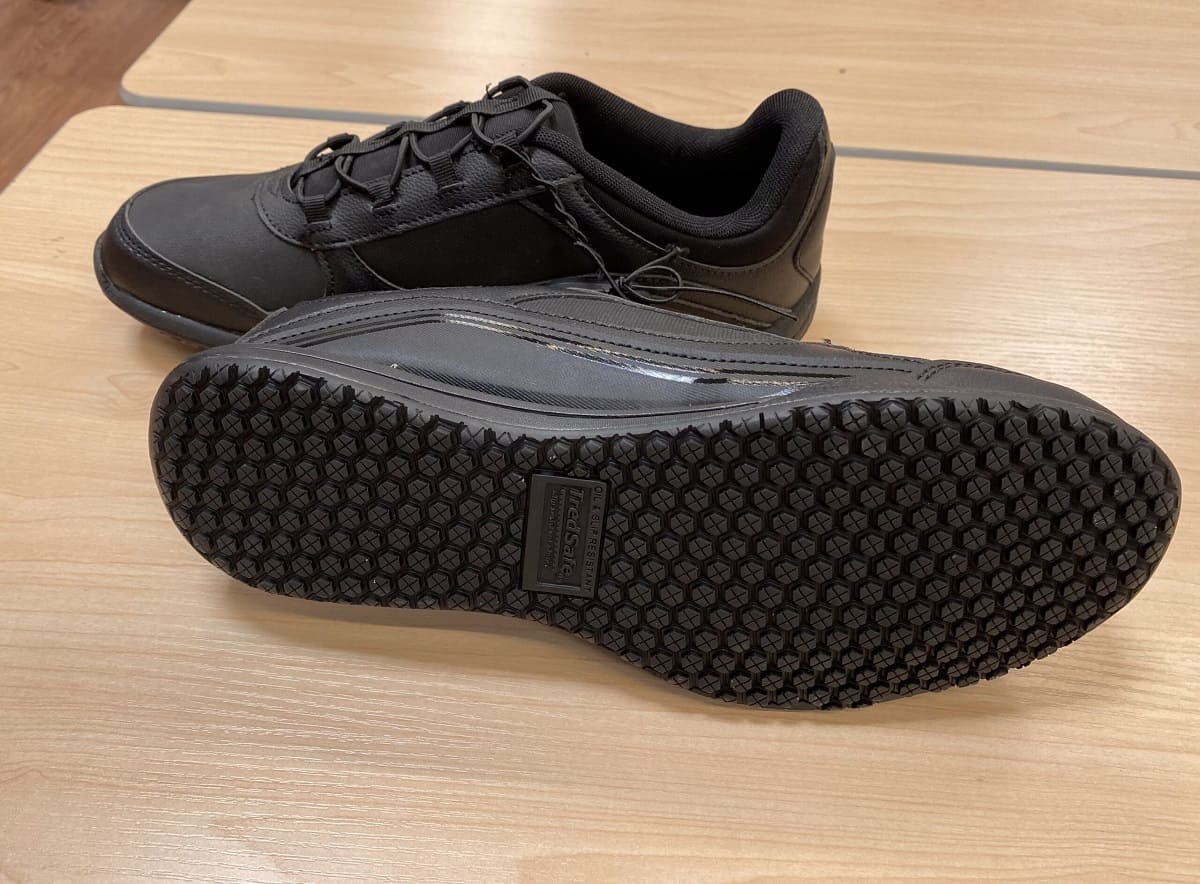
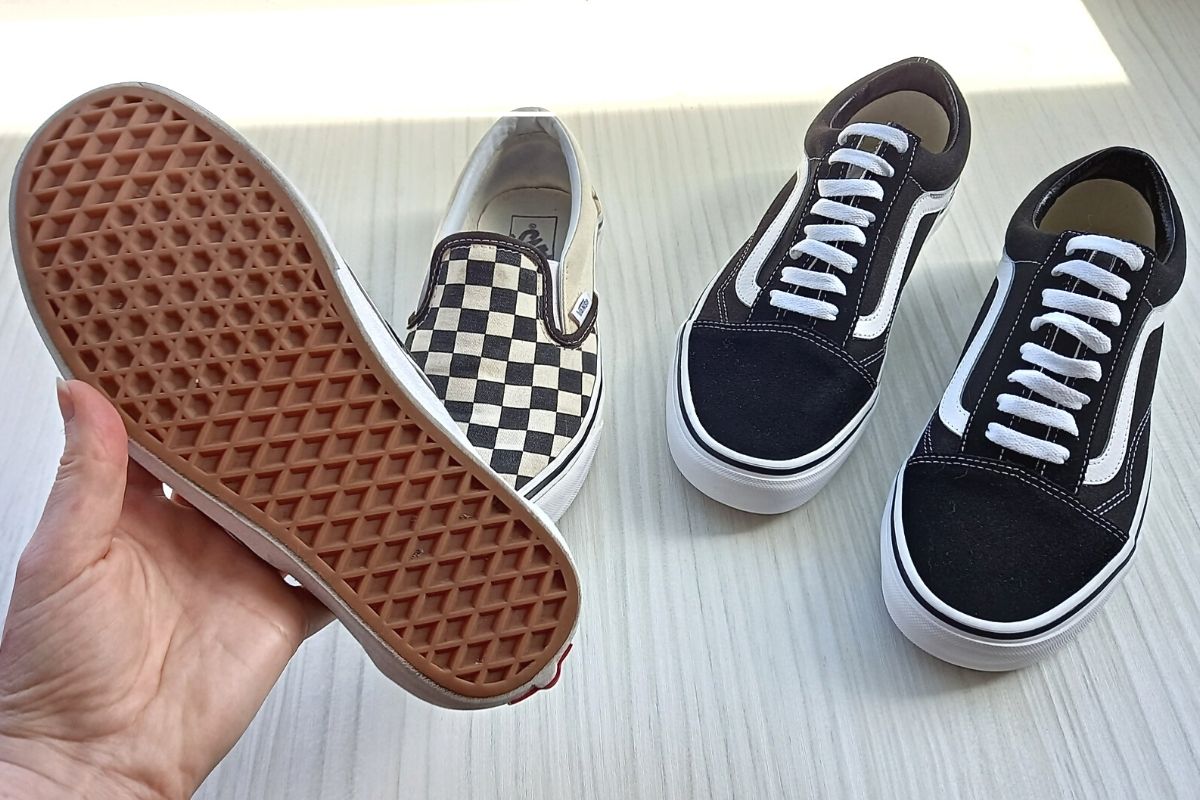
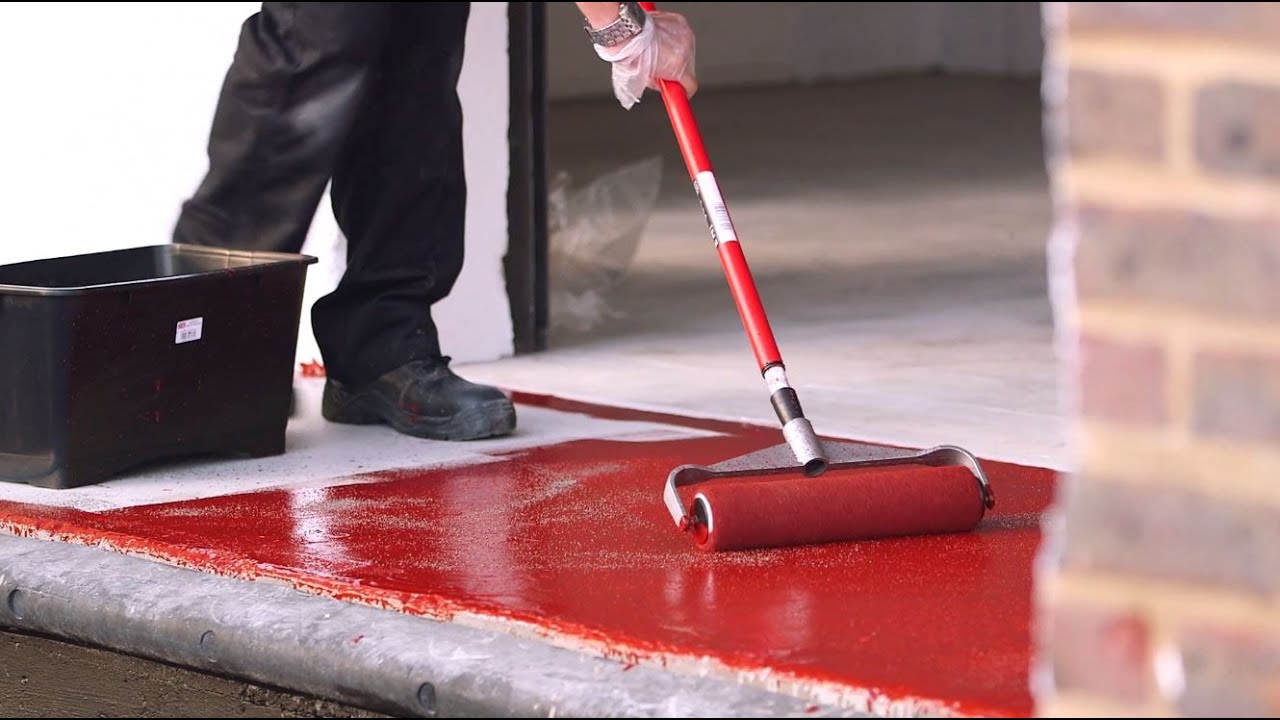
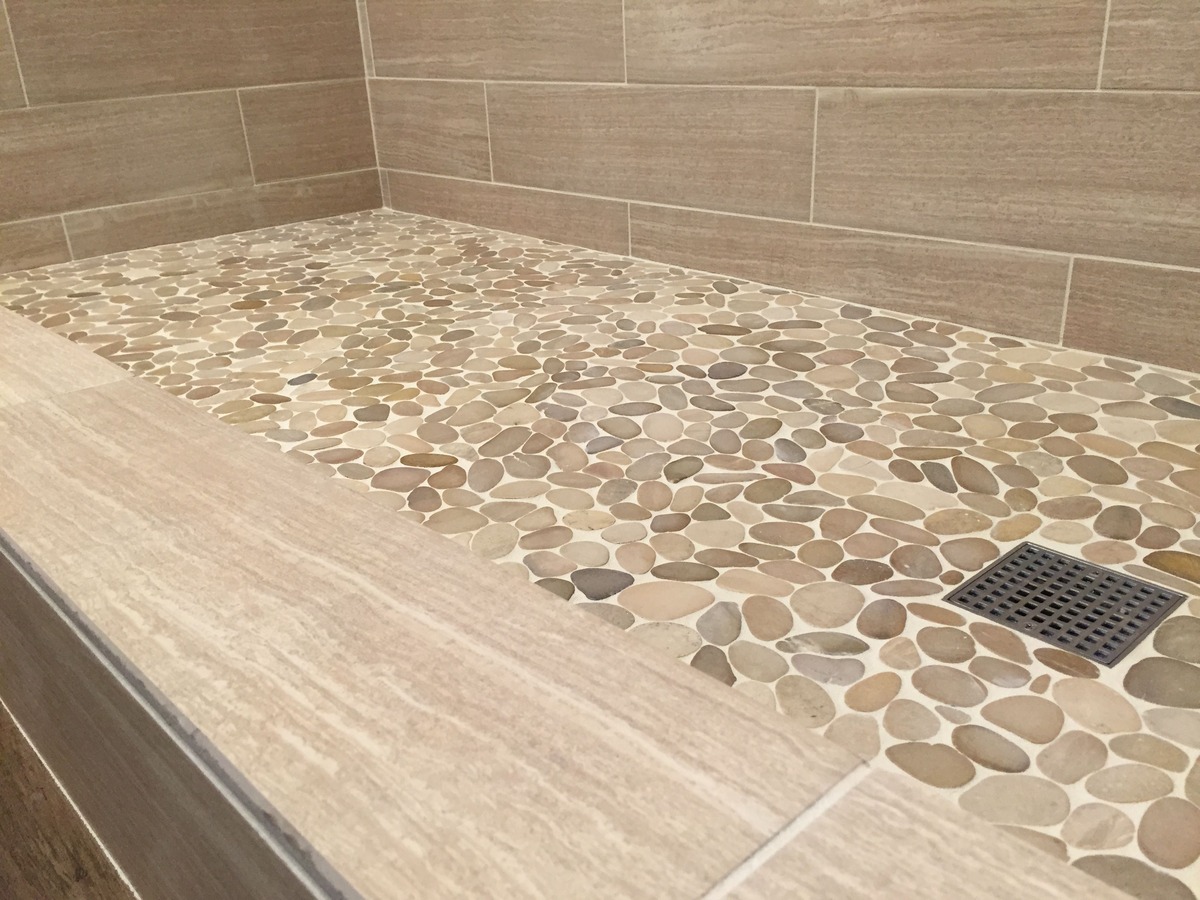
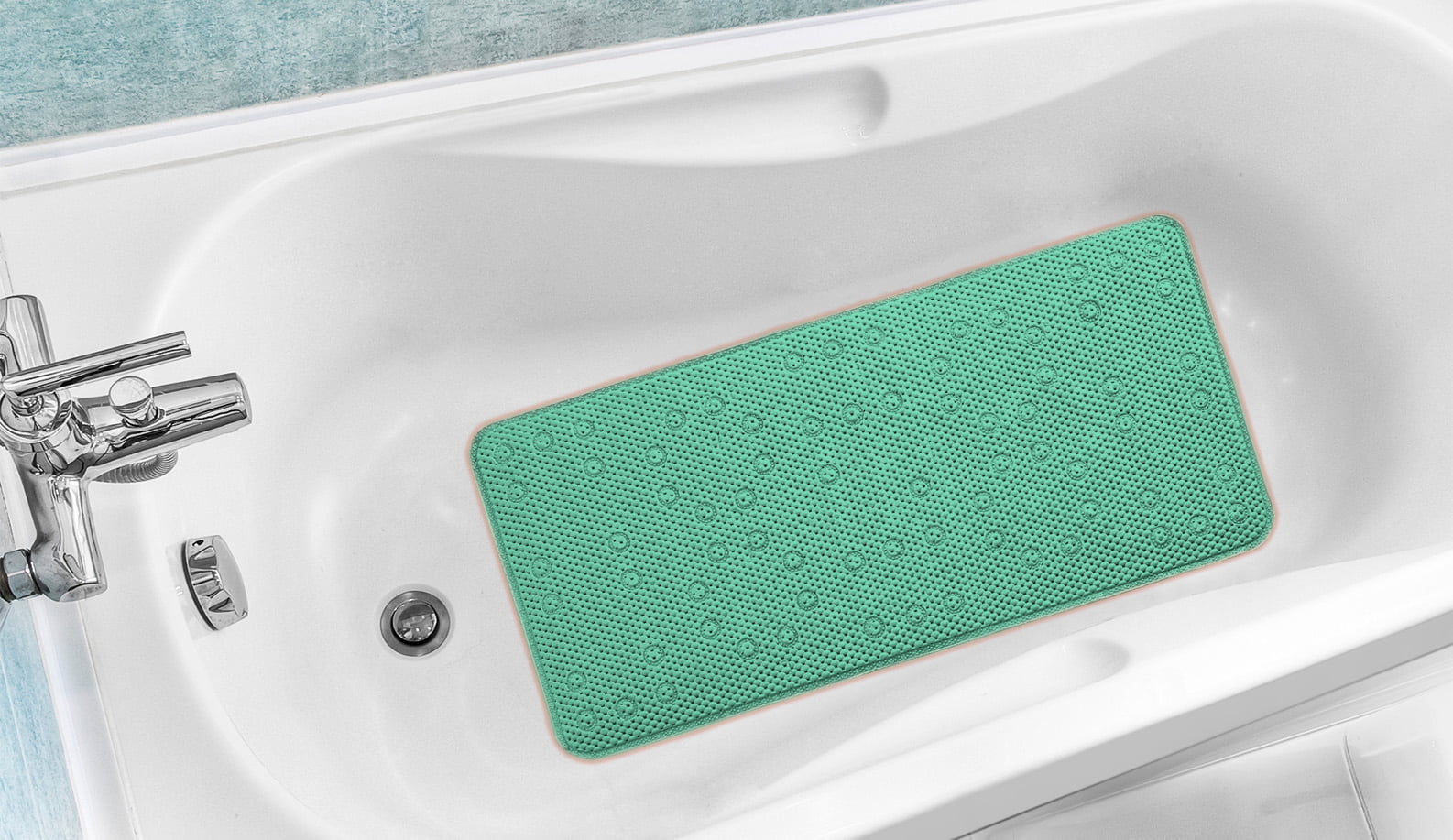
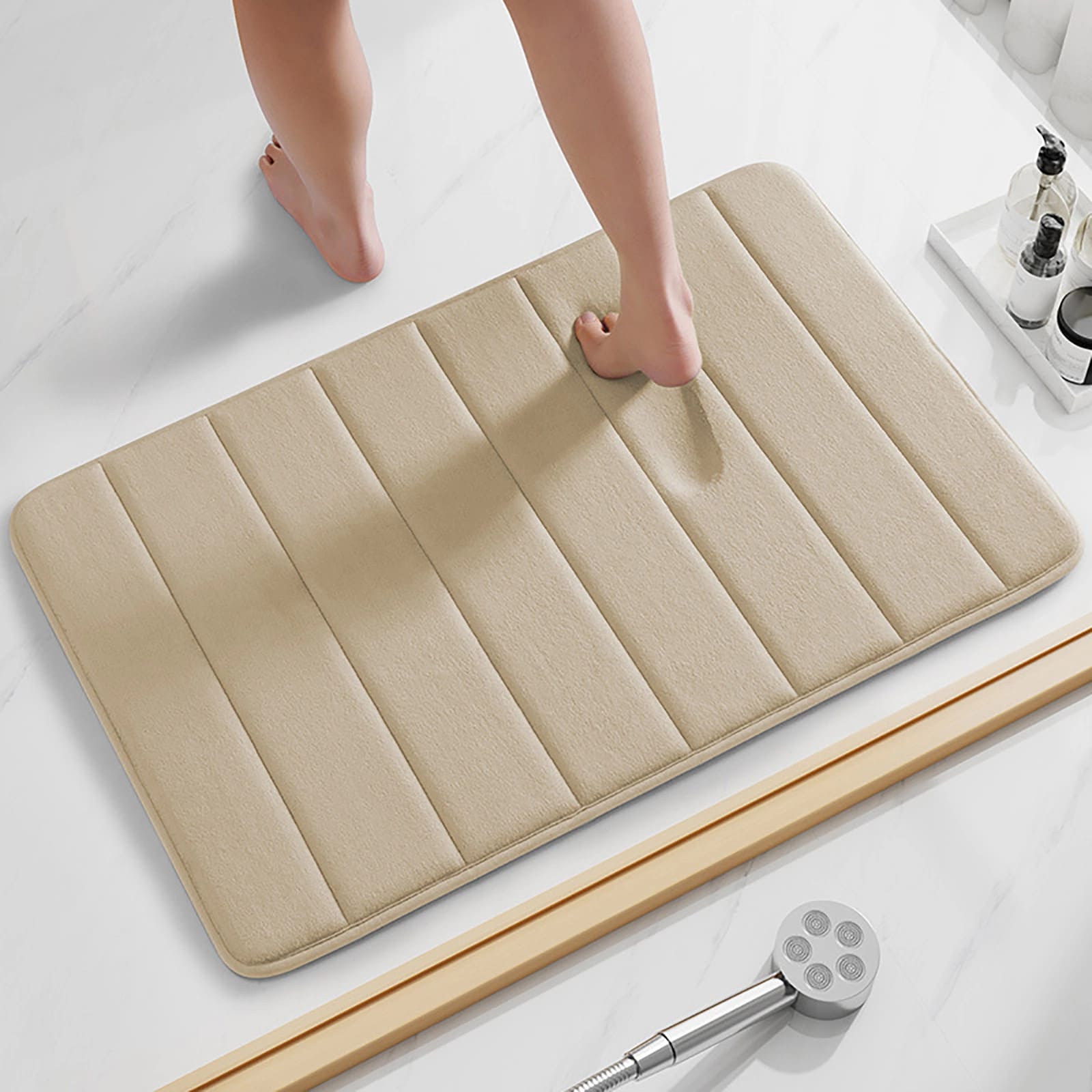
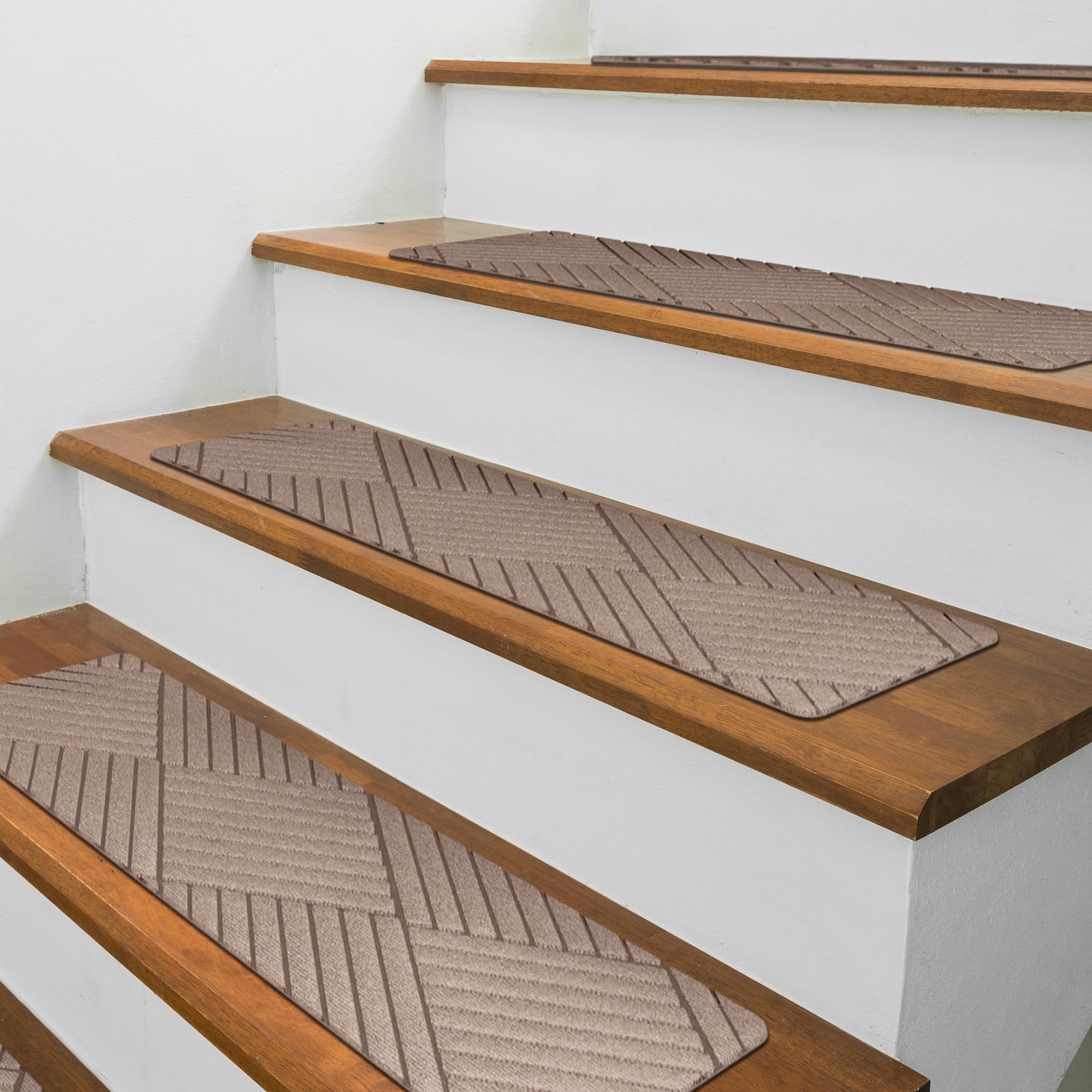
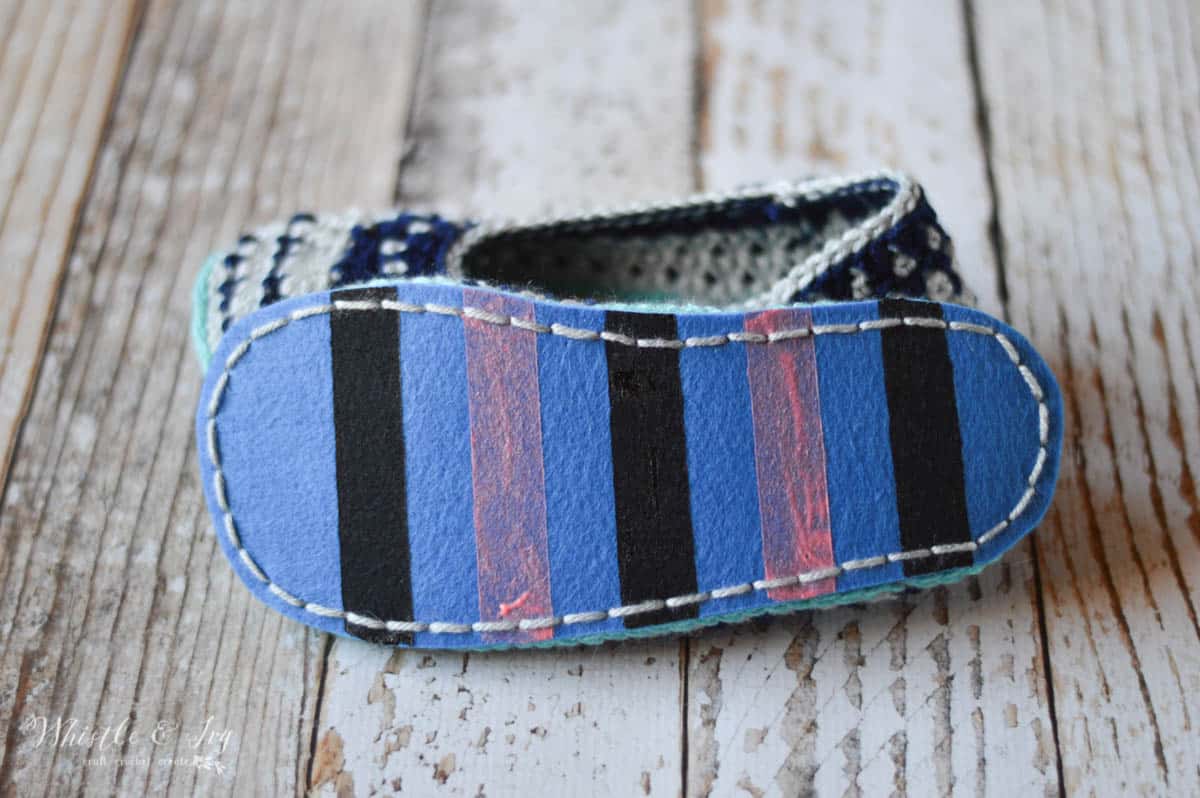
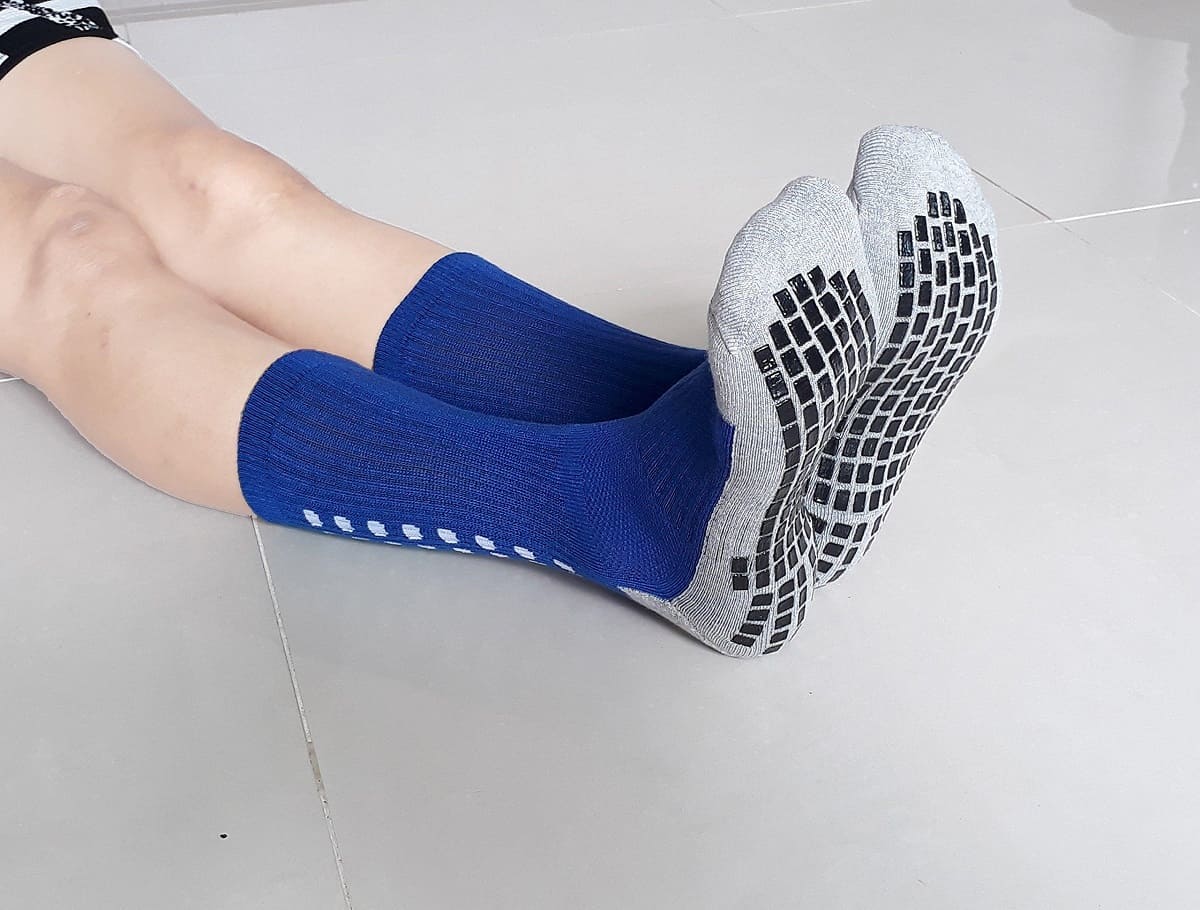
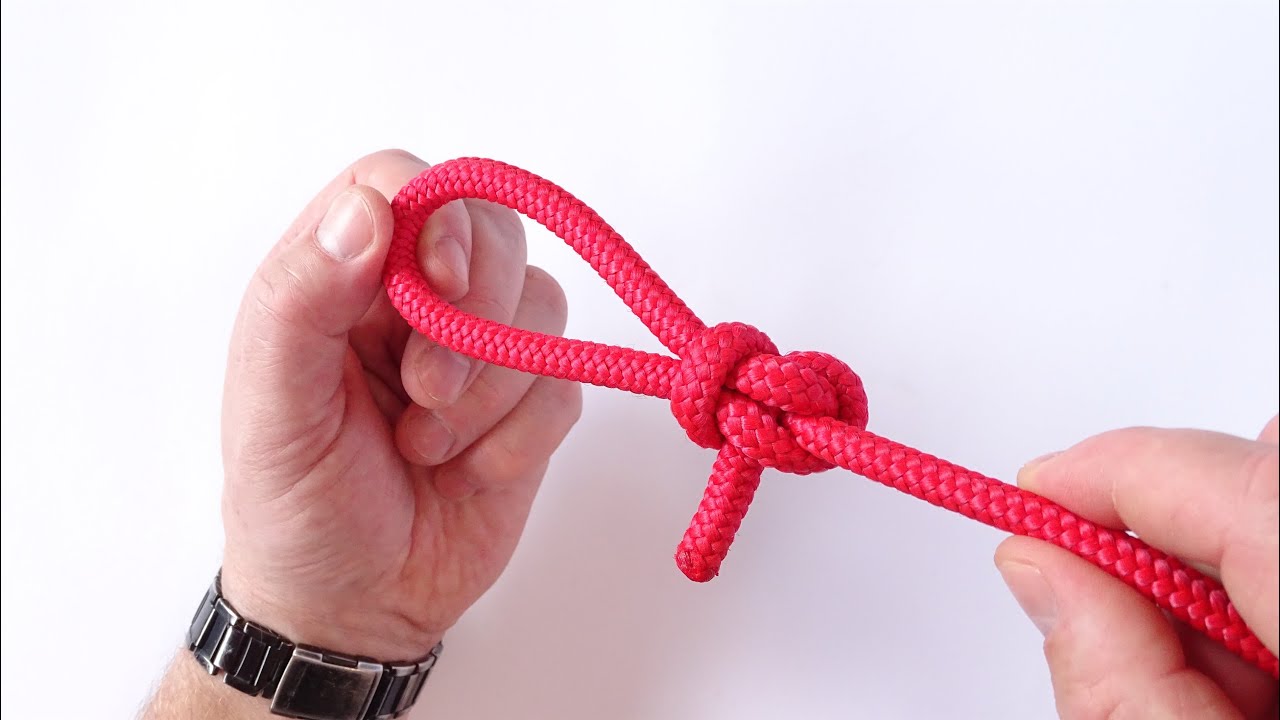
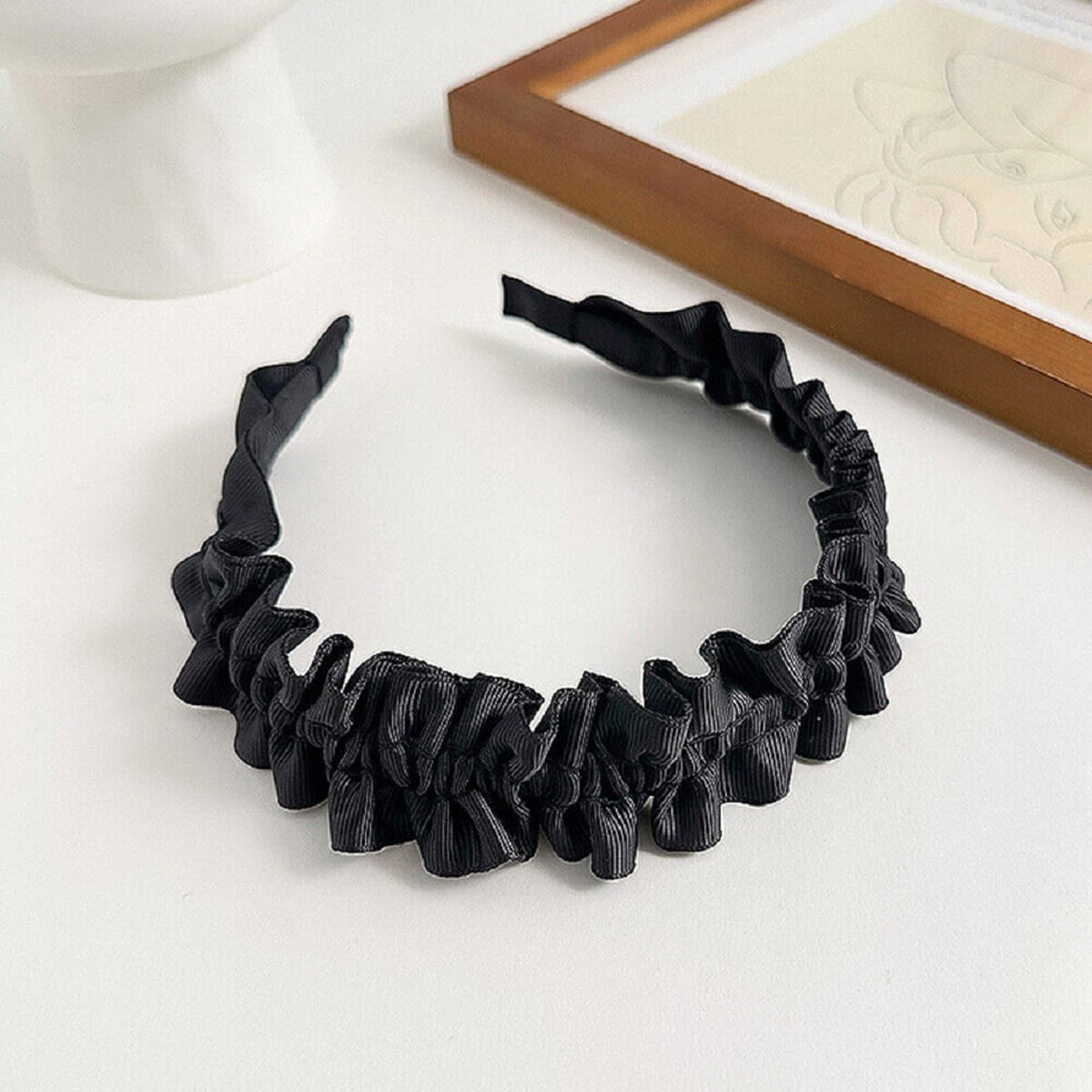

0 thoughts on “What Is The Best Non-Slip Flooring”